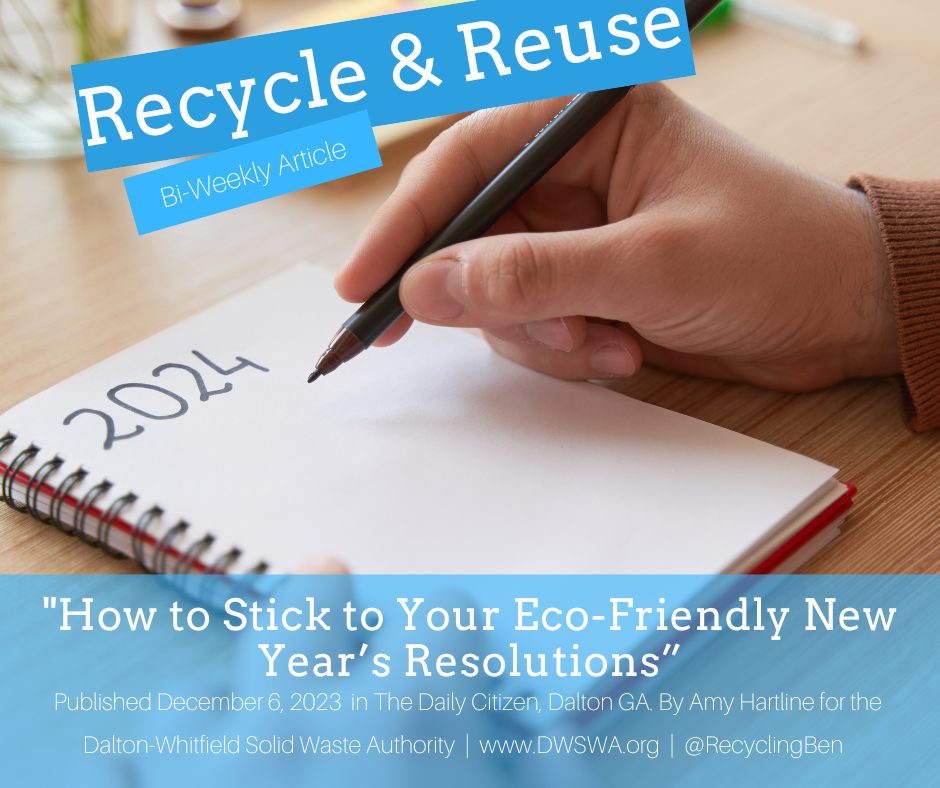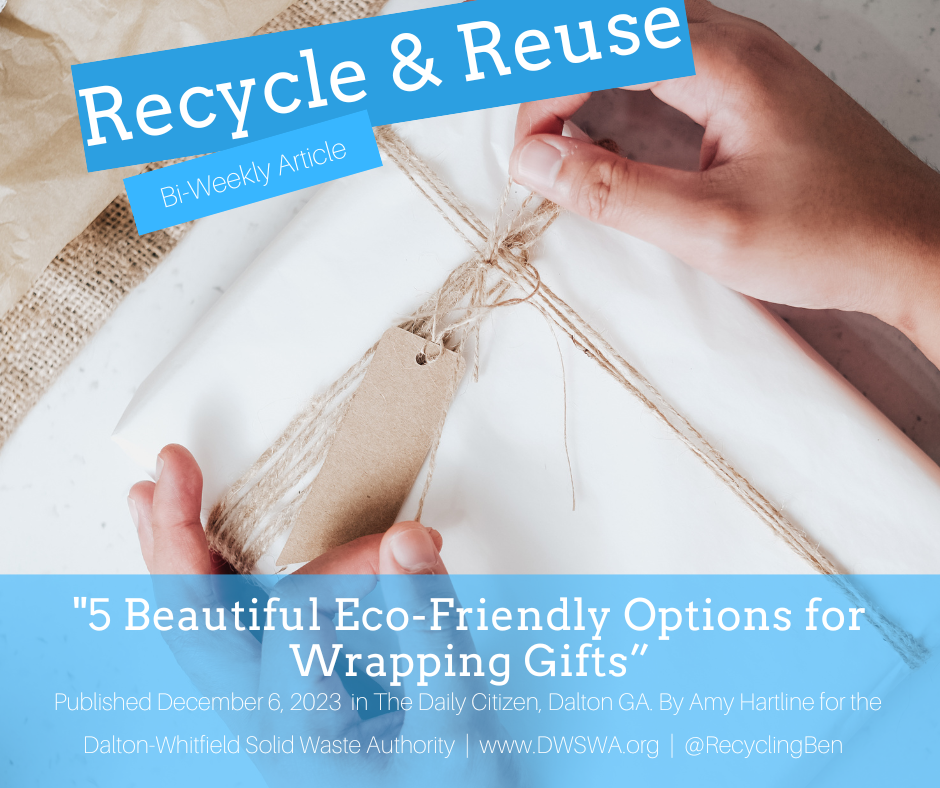Keeping Our Waterways Clean
/The Conasauga River is an ideal spot for recreation. Volunteers at the annual watershed cleanup event encourage residents to carry out what they take in to prevent litter and water pollution. (Photo by Kathlina Alford)
This Saturday I’ll be joining other volunteers in an effort to keep the Conasauga watershed clean and beautiful by picking litter (trash in the wrong place). October 22 is the 22nd annual Conasauga River Watershed Clean-up event that takes place concurrently at seven sites in Whitfield and Murray counties from 9:00 am to noon. Last year three hundred and sixty volunteers spent the morning removing trash, debris, and invasive plants from eleven clean-up sites.
Muddy tires, litter, abandoned mattresses, and a lost truck cover were part of the 11,463 pounds of garbage removed by volunteers during the event in 2015. Garbage found at each site is the result illegal dumping, irresponsible abandonment after using a site for recreation, or accidental loss of items from a vehicle with an unsecured load.
According to the 2009 Keep America Beautiful Litter Study, motorists and pedestrians contribute a combined total of nearly 70% of litter that measures over 4 inches. Motorists not properly securing truck or cargo loads represent 20.7% of roadway litter that measures 4 inches or more. Vehicle debris and improperly secured containers, dumpsters, trash cans or residential waste or recycling bins represent another 8.1% of litter over 4 inches.
Of that litter, the majority includes fast food, snack, tobacco, and other product packaging like wrappers and boxes. Packaging comprises nearly half of all litter that is 4 inches or greater, while the remaining litter in that category is made up of beverage contains for products like soft drinks and beer.
While litter looks unsightly, it also has economic and environmental impacts. According to the study, “this includes lost tourism revenues, expenses for repairing vehicles, boats and ships, restoration of ecosystems, wildlife injury, and eventually the cost to human health.” Even homeowners estimate that litter in their neighborhood can decrease the value of their home by 10% or more.
Trash may be out of sight and out of mind, but it still has an impact long after it’s thrown away. According to the study, “Debris may be carried by storm drains into local waterways, with potential for serious environmental contamination. Wind and weather, traffic, and animals all move litter into gutters, lawns and landscaped areas, alleyways, and parking structures.”
This means that a soda bottle carelessly tossed out of a car window by an inconsiderate driver can eventually end up in our waterways. Whether it’s via a storm drain or being blown straight into a creek, litter thrown out in our community eventually ends up in the Conasauga River watershed. No matter where you live and how much or how little water is nearby, you live in a watershed. Which means all the litter affects you too.
The Conasauga is one of the six most biologically diverse freshwater river systems in the country. It supports 24 endangered species, and a dozen other imperiled species like the Southern Pigtoe Mussel, and the Conasauga Log Perch, which is a fish found in no other place in the world. Litter and water pollution have a negative impact on the quality of life of these animals reducing their oxygen levels and food sources.
Even if you don’t see a creek near your home, you can have a positive impact on the quality of water. In fact, we can all do our small part to keep our watershed clean on a daily basis. For example, not throwing trash on the ground, picking up pet waste, and properly disposing of used motor oil is a start. However, once a year, we can really come together to pitch in to make a big difference.
Volunteers for this year’s clean-up event can expect to spend a couple of hours in the morning picking up trash and, depending on the location, removing invasive plants like Chinese privet. Volunteers should wear sturdy shoes or boots, long pants, and long sleeve shirts. Gloves, trash bags, water, and snacks will be provided at each site. And, as a thank you, volunteers will receive a t-shirt commemorating this year’s event while supplies last.
To download the event flyer with directions to the seven locations visit www.keepdaltonwhitfieldbeautiful.org. For more details, call 706-278-5001 or follow Keep Dalton-Whitfield Beautiful on Facebook to join and share the event listing. The river cleanup is part of the United Way’s Make a Difference Day. To find other volunteer opportunities available this weekend visit www.ourunitedway.org/MADD or call 706-226-4357.
































